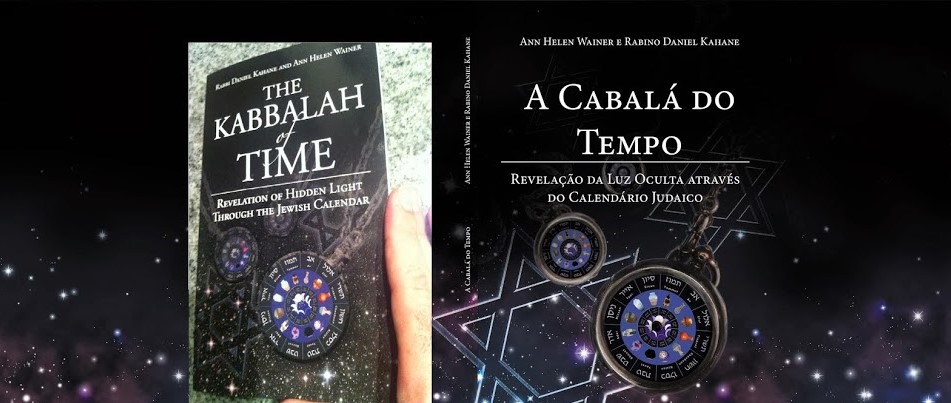Fifth Set of 22 Days: From First
Days of Chanukah to Mid-Tevet
Tet & Yud
The Rivers are saying: "Let the rivers clap their hands, let the mountains sing for joy together!" (Psalms 98:8)
The Wellsprings are saying: "And as singers who are like dancers are all those who study You." (Psalms 87:7)
9. Carnage by wild beasts comes
to the world for false oaths and the desecration of G‑d's name.
Exile comes to the world for idol-worship,
sexual promiscuity, murder and the failure to leave the land fallow on the
sabbatical year.
There are four time-periods when plagues
increase: on the fourth and seventh years [of the sabbatical cycle], on the
year following the seventh, and following the festivals of each year. On the
fourth year, because of [the neglect of] the tithe to the poor that must be
given on the third year; on the seventh, because of the tithe to the poor that
must be given on the sixth; on the year after the seventh, because of the
produce of the sabbatical year; and following each festival, because of the
robbing of the poor of the gifts due to them.
10. There are four types of people: One who says, "What is mine
is yours, and what is yours is mine" is a boor. One who says "What is
mine is mine, and what is yours is yours" -- this is a median
characteristic; others say that this is the character of a Sodomite. One who
says, "What is mine is yours, and what is yours is yours" is a chassid (pious person). And one who says
"What is mine is mine, and what is yours is mine" is wicked.
The 26th of Kislev begins the fifth set of 22 days of the Jewish calendar, which parallel the letters Tet and Yud, as well as the Rivers and the Wellsprings in Perek Shirah.
Just as we saw with the previous pairs, Tet and Yud are also complementary. Tet is connected to the Hebrew word Tov, good, which in turn is generally connected to the Torah and to light. Tet also means snake in Aramaic, which represents desire, as well as physicality in general. Connecting the two concepts, Tet is connected to the hidden good, as our sages comment that the Torah refers to the good inclination as good, and the evil inclination as "very good." (Rabbi Raskin, "Letters of Light: Tet"
Yud represents spirituality. It is simply a dot on the page. The Heavens are said to have been created with the letter Yud. The Yud also generally represents wisdom. It is also connected to the pintele yid, the spiritual essence of every Jew, which if one digs deep enough one will certainly find.
The Rivers and the Wellsprings have a similar relationship. As explained previously, water in general is a symbol of Torah. The Rivers also represent the revealed physical life - rivers are usually full of fish, as well as other fauna and flora that are a great source of sustenance for those near it.
Wellsprings represent Torah as well; Torah that comes from deep within, and comes out through much digging (like the wells of Isaac). The Baal Shem Tov had a vision in which he encountered Mashiach and asked him he would come. The answer: "When the your wellsprings have spread outwards."
The 22 days of this cycle all fall within Chanukah as well as the beginning of Teveth, including the fast of the Tenth of Teveth. Chanukah is about the victory of Torah and light over Greek wisdom and darkness. Teveth, the coldest month of the year, is known as the time when "the body benefits from the body." This is connected to physical desire and the snake, as mentioned above. The month of Teveth is represented by the tribe of Dan, which has the snake as its symbol.
The Lubavitcher Rebbe explains that the concept of "the body benefits from the body," has also a very spiritual dimension. It is about how the essence of the Jewish people connects to the essence of G-d. This is connected to the idea of digging and finding the spiritual within the mundane and the spread outward of the wellsprings of the Ba'al Shem Tov.
The tenth of Teveth has the potential for being an incredibly happy and spiritual day. This potential is connected to another fast which is also on the tenth of the month, Yom Kippur, and will be fulfilled with the coming of Mashiach.
